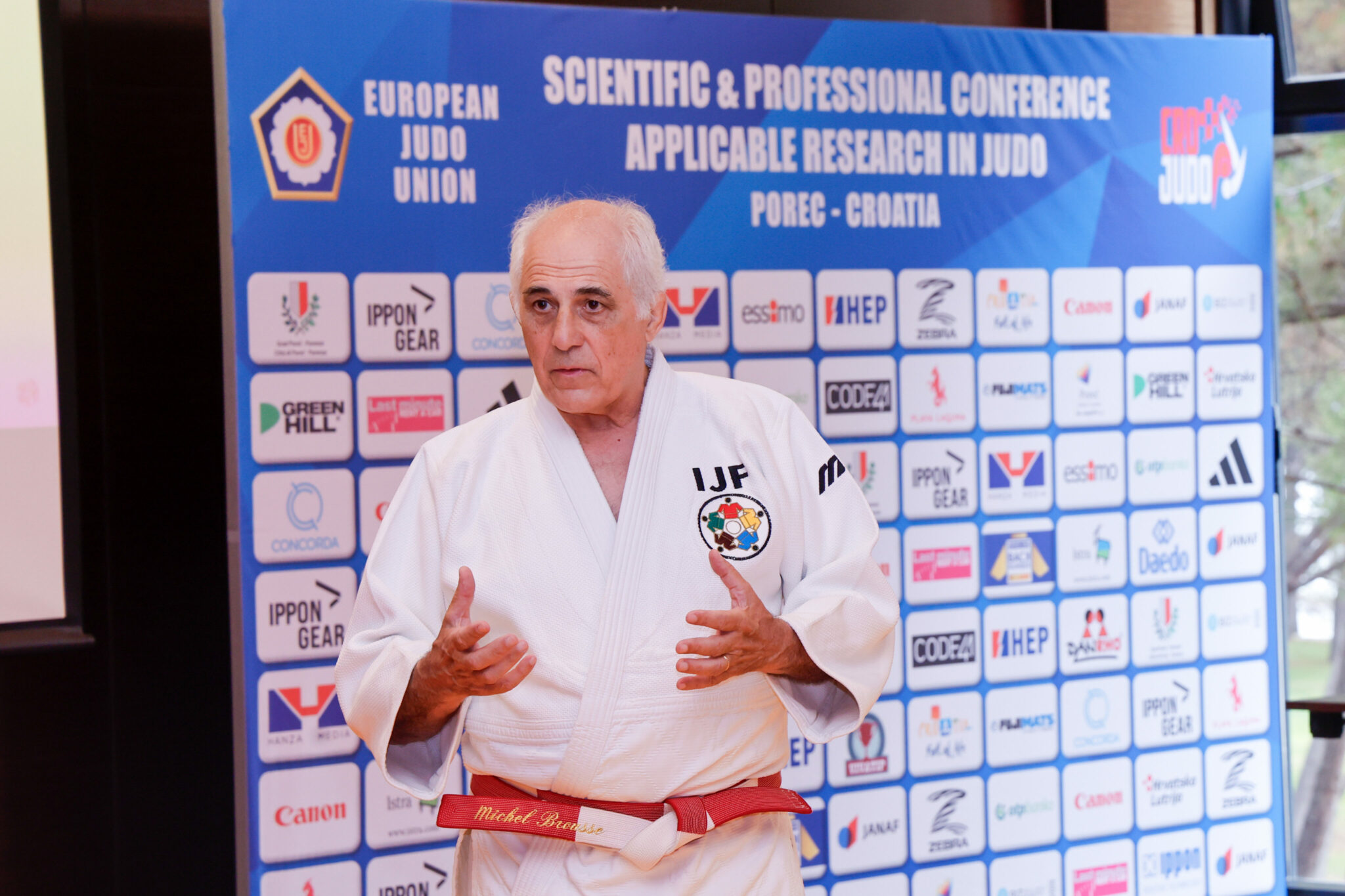The second and final day of the 7th Scientific and Professional Conference delivered practical presentations of previously deliberated research studies. The following five topics were demonstrated in action.
| TEACHING JUDO TACTICS? – Michel Brousse |
| IN SEARCH OF MOTOR EFFICIENCY IN GRAPPLING SPORTS: A COMPARATIVE ANALYSIS OF JUDO AND BRAZILIAN JIU-JITSU (BJJ) ATHLETES – Wiesław Błach ,Wojciech Wąsacz, Łukasz Rydzik, Tadeusz Ambroży |
| LONG-TERM DEVELOPMENT IN JUDO: A NEW APPROACH OF TEACHING JUDO FOR YOUNG JUDOKA – Dom L., Lindekens T., De Maerteleire D., Sleeckx K. |
| COMPARISON OF RATE OF PERCEIVED EXERTION BETWEEN TWO SPECIFIC JUDO TESTS – Hrvoje Sertić, Dominik Družeta, Dominik Žanetić |
| JITA KYOEI MEANS MUCH MORE THAN A MORAL CODE – Mojmir Kovač |
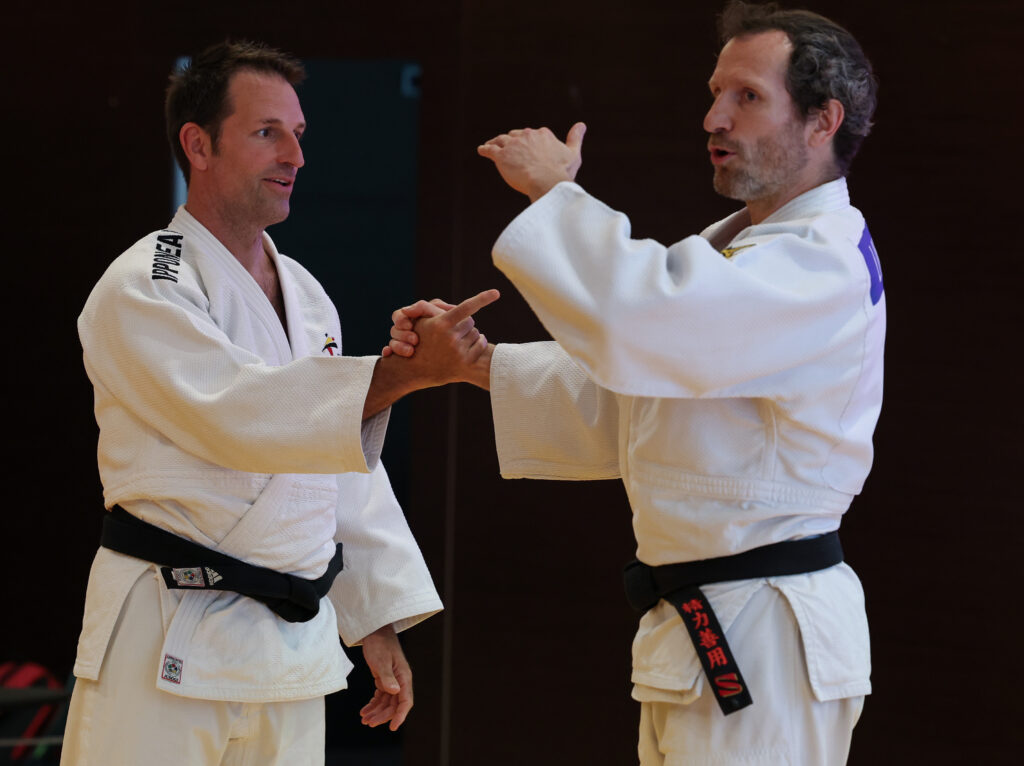
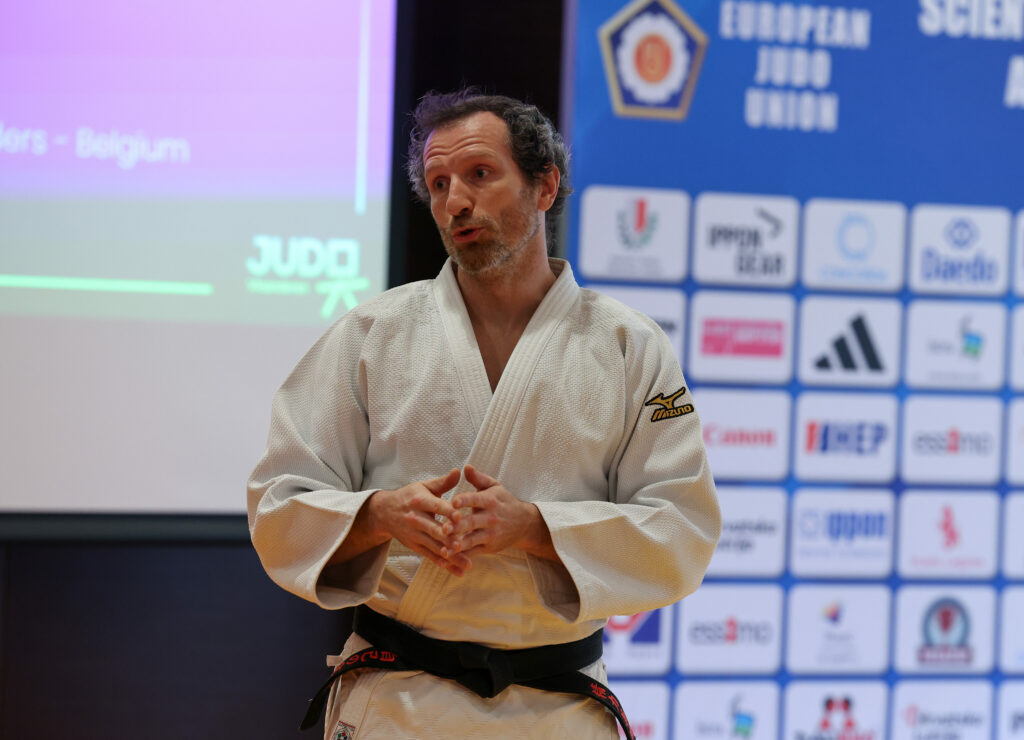
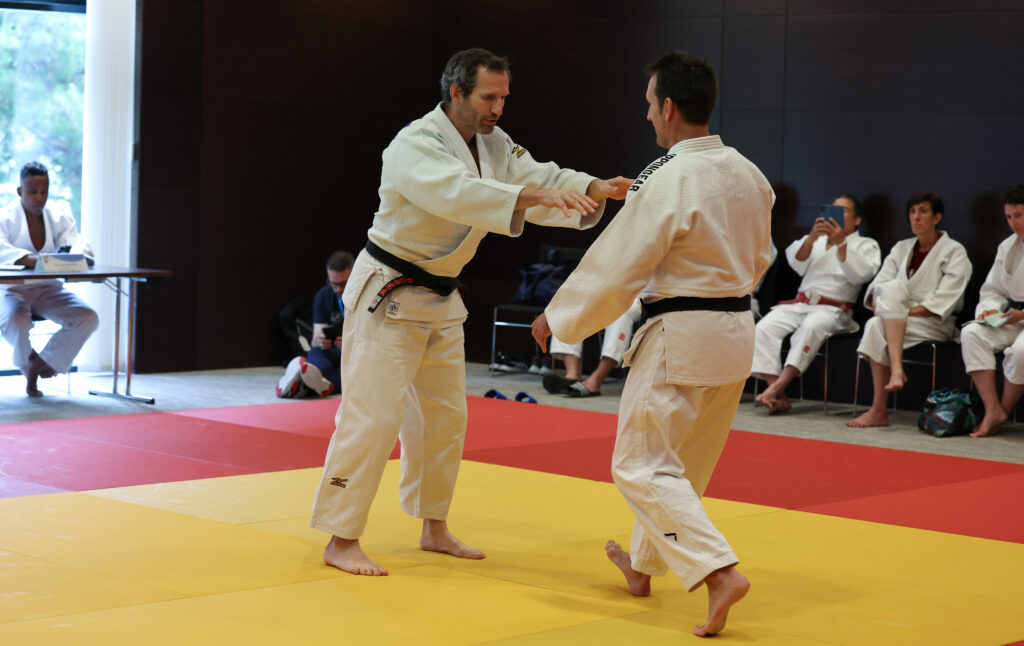
Judo Vlaanderen has implemented a comprehensive Long-Term Development Plan (LTDP) for judoka in Flanders. This plan serves two primary objectives: Enhancing the Pathway to Lifelong Judo and Supporting the Development of High-Performance Judo Athletes.
This scheme was developed following a comprehensive review of current practices. For an extended period, the kyu-grading programme, coaching course, and competition formats had remained unchanged. However, a crucial question arose: Were these practices effectively achieving the Federation’s core objectives? Did they truly disseminate and advance judo’s universal values across Flanders in a manner that was accessible and inclusive for all ages and skill levels? Furthermore, were they adequately supporting the development of talented judoka into high-performance athletes? The answer, conclusion and future project of this study can be viewed via the following link [page 57-62].
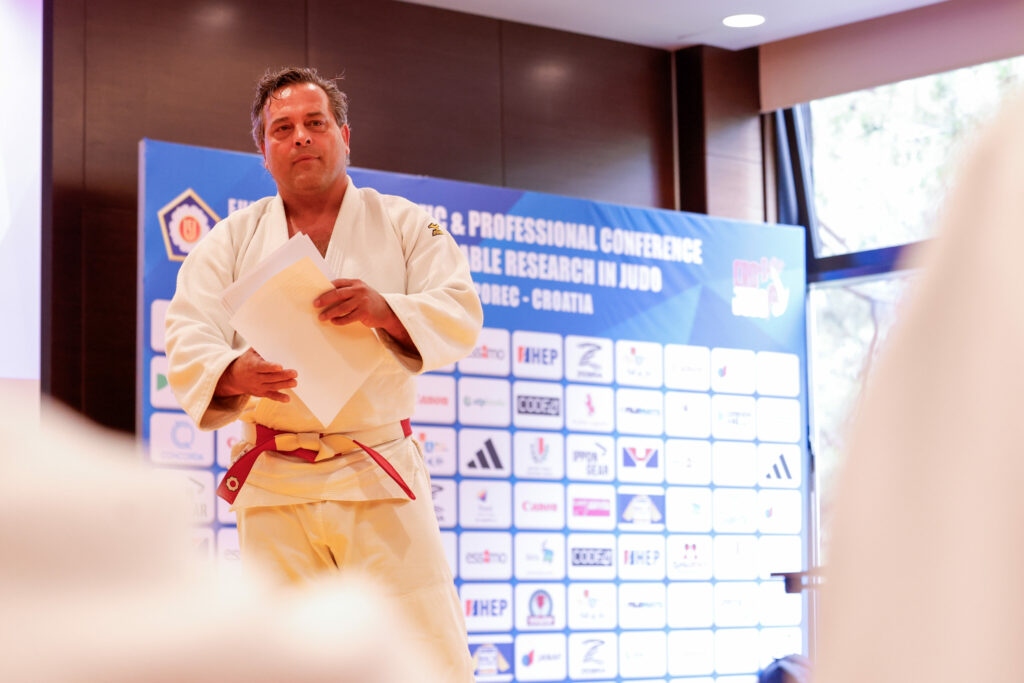
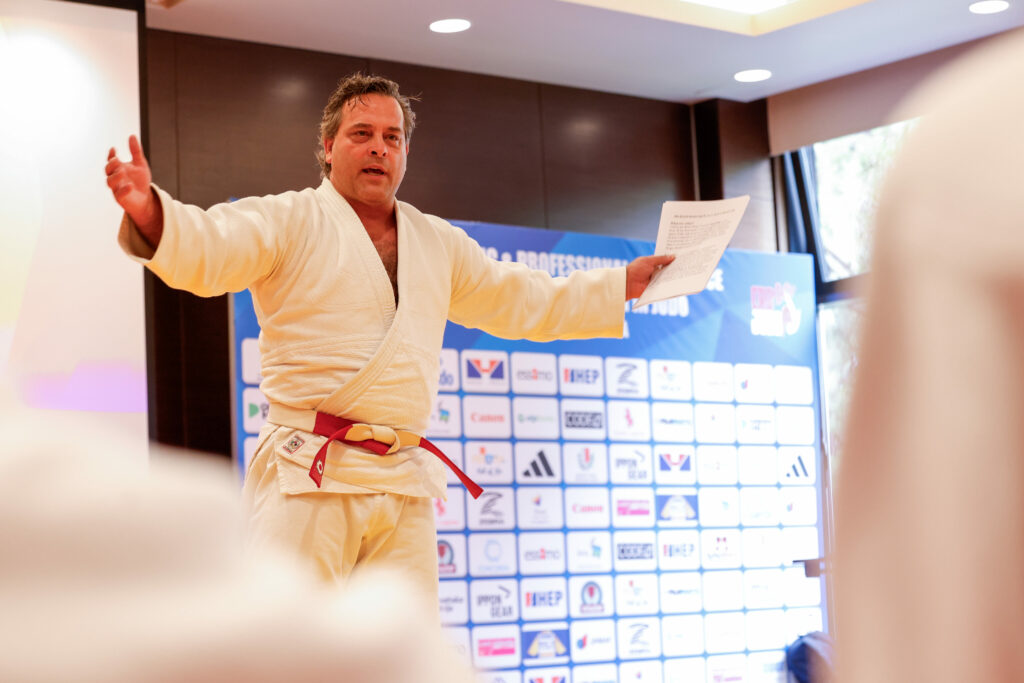
When analysing the ethical principle of Jita Kyoei and the Moral Code, researchers discovered that the former speaks of a way of life based on the judoka (individual) using their knowledge and experience to help others and society achieve mutual progress. The emphasis is on reciprocity, i.e. the mutual advancement of both or all participants in the process. The Moral Code is primarily a list of guidelines for behaviour in specific situations. However, as Yves Cadot pointed out during his presentation in Ljubljana in 2023, these values must be transferred from the walls into the dojo and onto the tatami. Values must be lived. Mojmir Kovač spoke about the how’s and why’s of additional values in his study: Jita Kyoei Means Much More Than A Moral Code. Read more via the following link [page 63-66].
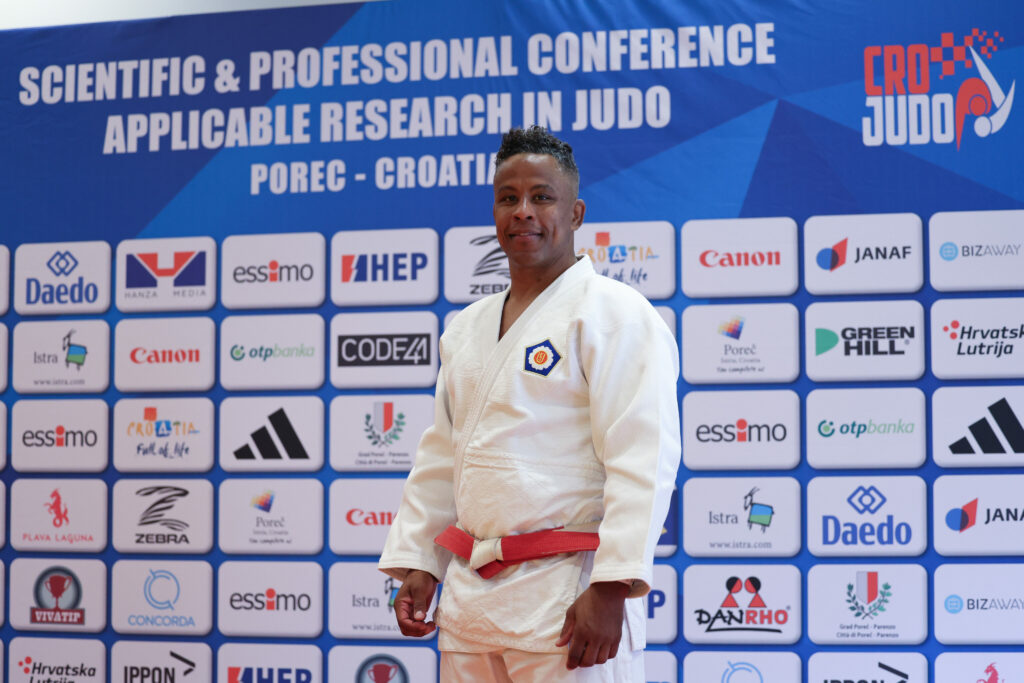
Following an action packed morning, Mr Sergei Aschwanden, EJU Vice President and Head of Education sector, expressed his thoughts;
The past two days have been rather interesting, with a significant number of research personnel engaged in various activities. There are a multitude of topics that I found intriguing, and for someone not involved in research, it is quite complex. Therefore, I believe that if we can successfully transfer the science to the practical aspect on the mat, we will have made a significant stride forward. I would also like to make a further observation which is that as the only continental union with a Scientific Commission, we have the potential to increase our structure significantly.
The next step is to try to bring these studies together, we still need to define the best way to do that. The first thing that comes to mind is the e-learning platform that we have within the education department. We will discuss this within the team and see how we can make it affordable for everyone. I am also pleased to report that we continue to work closely with the IJF. This is beneficial for several reasons, not least because they have a wealth of valuable information and research.
In terms of subjects, I believe that all subjects require equal attention. It is important to conduct thorough research in order to gain a comprehensive understanding. The more analysis you perform, the more valuable the insights you gain, and the more effectively you can perform your duties. The diversity of subjects, ranging from kids to elite judo, is highly intriguing and offers a wealth of insights. One suggestion for next year is to extend the conference to allow more time for discussion and exchange of ideas, going into greater depth on each topic, which are all highly interesting. Finally, I would like to thank everyone for their hard work and effort.
A round table discussion concluded the event. To read more about each of the topics, please follow the link.
Author: Szandra Szogedi



